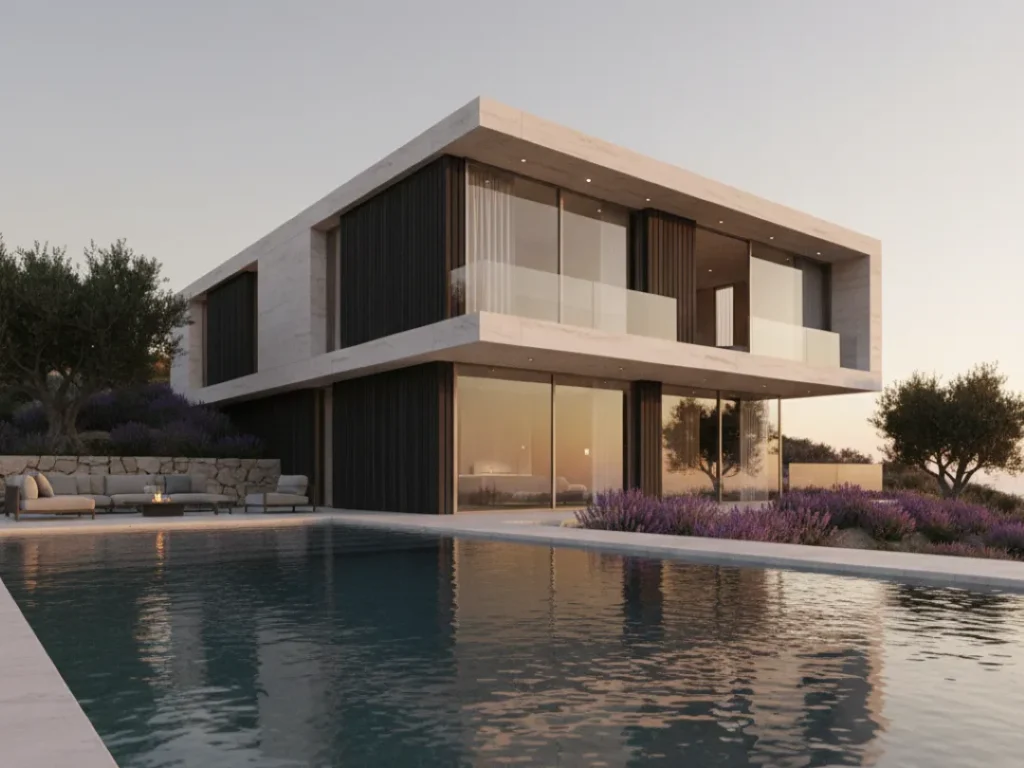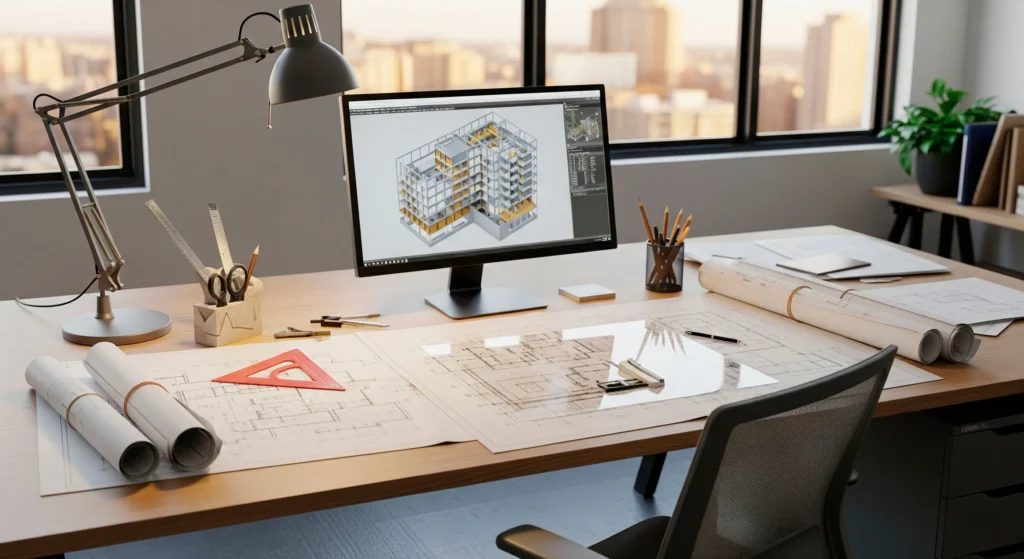Top Trends in Sports Architecture: Stadiums and Venues of the Future
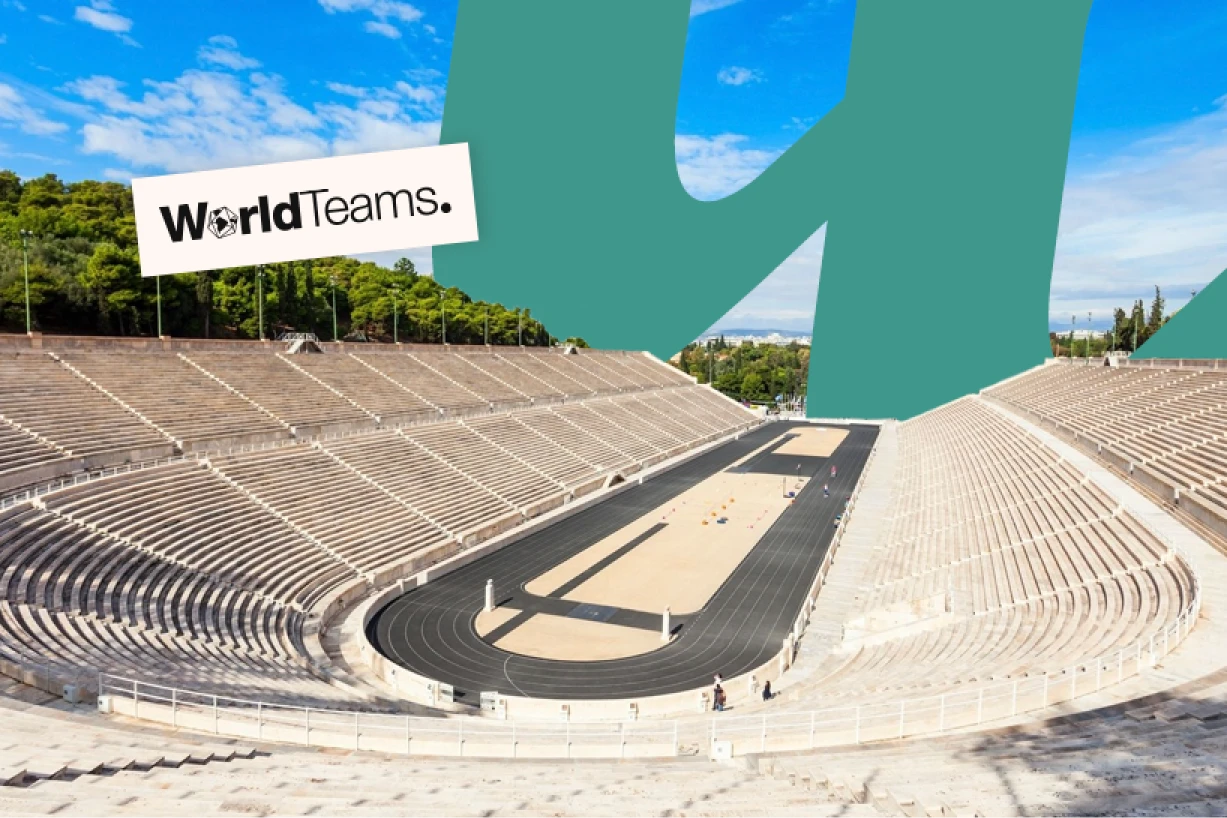
Sports architecture has a rich history dating back to ancient civilizations, where stadiums have always been more than just structures—they’ve served as symbols of community, competition, and spectacle. From the Roman Colosseum to local sports venues today, these architectural marvels reflect society’s technological advancements and cultural priorities.
The term stadium originates from the Greek word stadion, a unit of measurement. Some of the earliest examples of sports stadiums, like the ancient Olympia Stadium in Greece built in the 8th century BC, were designed to host the ancient Olympic Games. These stadiums often took advantage of natural terrain, using hillsides to create seating for spectators, a rudimentary form of stadium architecture that would influence designs for centuries to come.
With the rise of the Roman Empire, sports architecture experienced a significant transformation. The Romans were known for their grand engineering projects, and the Colosseum, constructed in the 1st century AD, remains a pinnacle of architectural and engineering prowess. Its elliptical design, advanced network of vaulted passageways, and capacity to accommodate tens of thousands of spectators set the stage for future innovations in stadium architecture. Roman stadiums, like the Colosseum, served not only as venues for sporting events but also for cultural spectacles, gladiator contests, and other public entertainments, underlining their role as multifunctional community spaces.
The Industrial Revolution and the Rise of Modern Stadiums
In the 19th century, the Industrial Revolution marked a turning point in the evolution of sports architecture. The availability of new construction materials like steel and reinforced concrete, combined with innovations in engineering, allowed architects to build more massive, complex, and functional sports venues. As organized sports became more popular, particularly football (soccer) in Europe, there was an increasing demand for purpose-built stadiums.
During this period, stadiums such as Anfield in Liverpool, England, built in 1884, and Stamford Bridge in London, constructed in 1899, were among the first modern architecture stadiums. These new designs featured designated stands for spectators, alongside other basic amenities such as restrooms and concession areas, reflecting the growing commercial aspect of sports. These stadiums were relatively simple in comparison to the monumental structures we see today, but they laid the groundwork for the future development of sports architecture.
As sports gained international popularity in the 20th century, stadiums became an essential part of cities’ infrastructure. Major international events like the Olympic Games and the FIFA World Cup further spurred the need for large, state-of-the-art sports venues. Architects began experimenting with materials and forms to push the boundaries of design. The development of reinforced concrete and structural steel made it possible for architects to create cantilevered stands that provided unobstructed views, improving the overall fan experience. These innovations represented a shift in focus from simply housing as many spectators as possible to enhancing the comfort and experience of those attending the events.
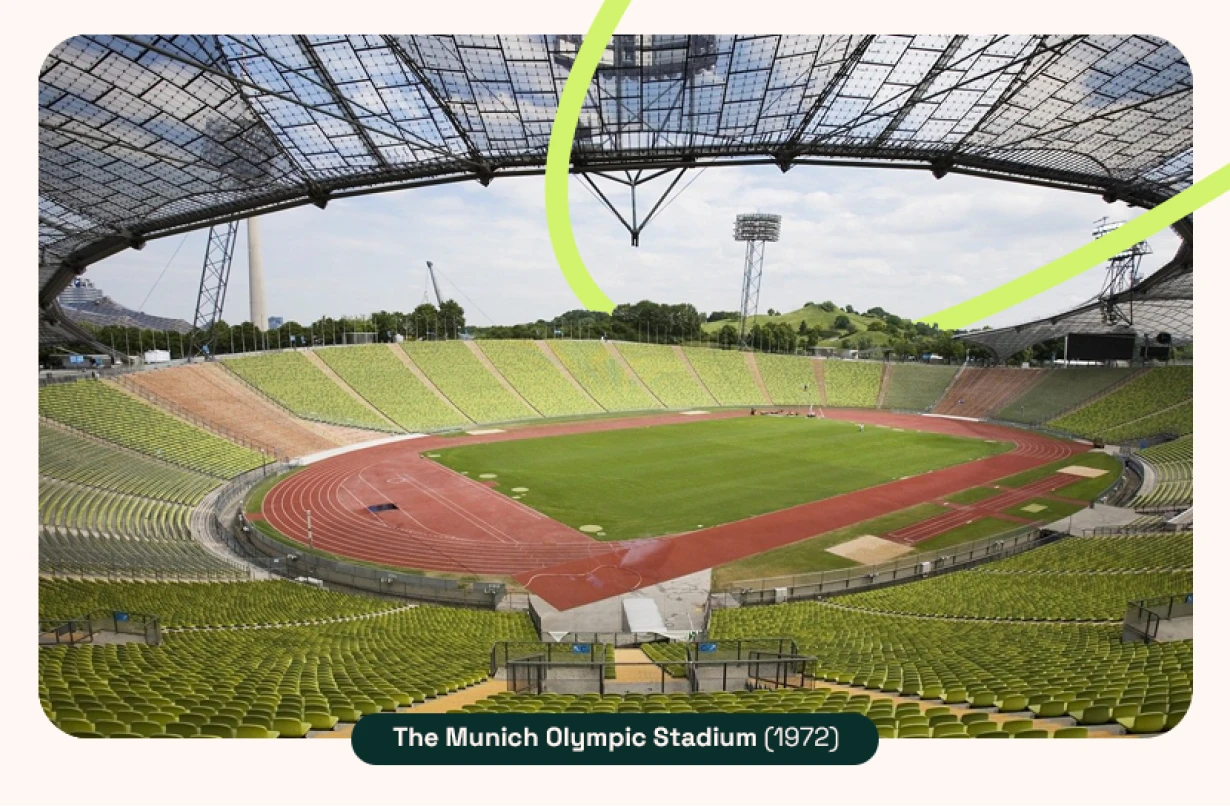
Architectural Innovation in the 20th Century
By the mid-20th century, sports architecture had evolved beyond its functional origins into a platform for architectural expression and experimentation. The Munich Olympic Stadium, built for the 1972 Summer Olympics, is a key example of how sports and architecture converged in exciting and innovative ways. Its tent-like roof, made of lightweight acrylic glass suspended from cables, was an architectural marvel, capturing the spirit of technological innovation and becoming a symbol of Germany’s post-war resurgence.
This period saw sports venue architects using stadiums as canvases to express both cultural identity and technological progress. Host cities and nations began using the design of their sports venues to showcase their ambitions and capabilities on the world stage. For example, the Beijing National Stadium (also known as the Bird’s Nest) for the 2008 Olympics symbolized China’s rapid modernization and emergence as a global power. This fusion of architecture and national identity turned stadiums into much more than sports venues; they became cultural landmarks that embodied the aspirations of entire nations.

Sustainability and Technology in Modern Sports Architecture
Today, sustainability and technology are at the forefront of sports architecture. Modern stadiums are designed not only to enhance the fan experience but also to be environmentally responsible. Stadium architecture now emphasizes the use of eco-friendly materials, energy-efficient technologies, and design strategies that minimize the environmental impact of these massive structures.
One of the most prominent examples of sustainable sports architecture is Lusail Stadium in Qatar, designed by Foster + Partners for the 2022 FIFA World Cup. Lusail’s gleaming golden facade was inspired by the traditional bowls and vessels of the Middle East, but its real innovation lies in its green design. The stadium utilizes advanced cooling systems to maintain comfortable temperatures for players and fans, while also employing water-saving technologies that reduce overall consumption. These efforts are part of a broader trend toward creating architecture stadiums that align with global sustainability goals.
In addition to sustainability, technology plays a pivotal role in shaping the modern fan experience. State-of-the-art sports venues are equipped with high-definition video displays, interactive digital platforms, and even virtual reality elements to engage fans in new and exciting ways. High-speed Wi-Fi, mobile apps for ordering concessions, and integrated multimedia systems have transformed how fans interact with sports architecture. Stadiums today are designed to cater not only to the in-person audience but also to remote viewers, making technology an essential element in modern sports architecture.
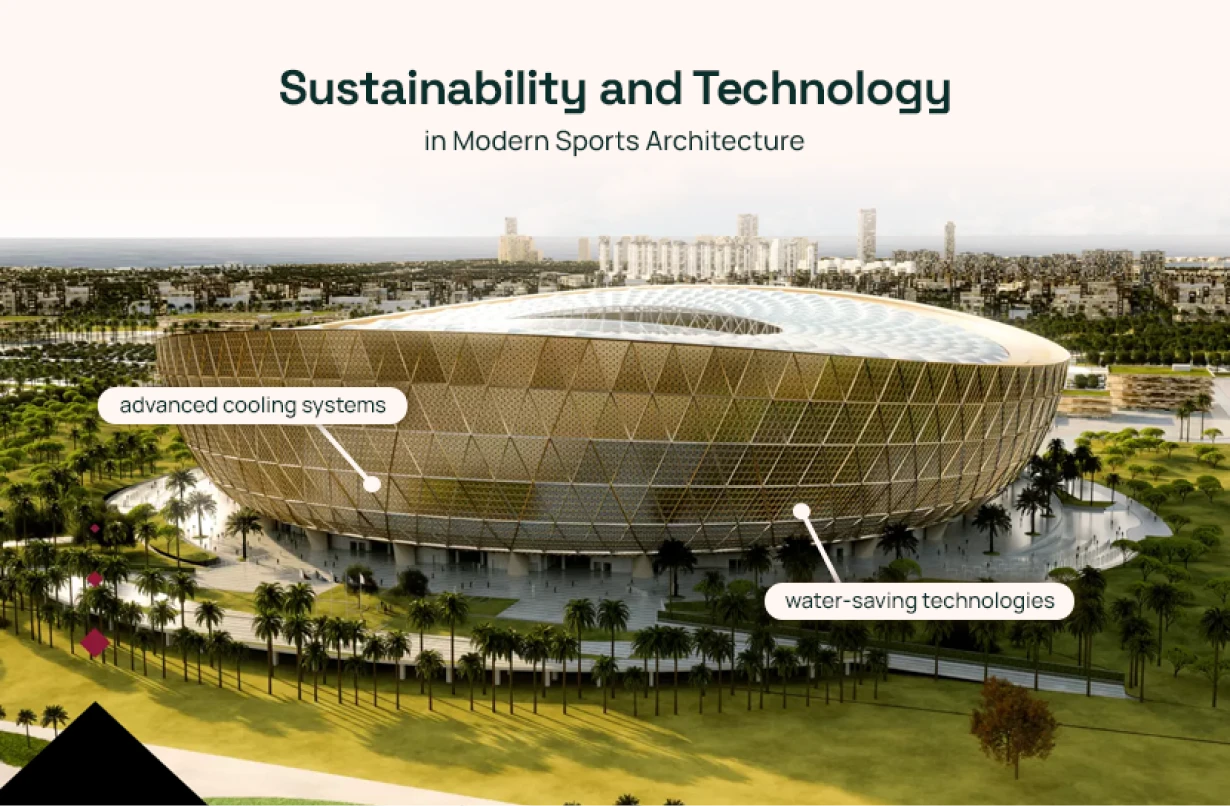
The “Third Place” Concept in Stadium Design
Beyond the realm of sustainability and technology, modern sports venue architects are increasingly embracing the “Third Place” concept, a sociological theory introduced by Ray Oldenburg. This concept refers to spaces that serve as community hubs beyond the home (first place) and the workplace (second place). In sports and architecture, this idea has become especially relevant as stadiums are now seen as year-round destinations for entertainment, leisure, and social interaction, rather than being solely reserved for game days.
Architects are designing sports venues that function as vibrant centers for communities, integrating public parks, retail areas, and entertainment zones into the stadium infrastructure. Tottenham Hotspur Stadium in London is a prime example of this approach. Beyond its use for football matches, the stadium includes restaurants, bars, and event spaces that ensure it remains a lively destination even when no sporting events are taking place. Similarly, Optus Stadium in Perth, Australia, incorporates broad public spaces and breathtaking views of the city skyline, making it a popular community gathering spot.
By integrating the “Third Place” concept into sports architecture, these stadiums foster a sense of community engagement, economic development, and cultural exchange. As a result, modern sports venues are not just places for spectators to watch their favorite teams—they are dynamic environments that serve a variety of social and economic functions, enhancing the overall value of the stadium for the city and its residents.

Conclusion: Partnering with WorldTeams for Sports Architecture Solutions
The ongoing evolution of sports architecture highlights the increasing complexity and importance of stadiums as multifunctional spaces that integrate design, technology, sustainability, and community engagement. As sports venue architects and developers continue to innovate, there is a growing need for specialized expertise in creating state-of-the-art architecture stadiums.
WorldTeams offers expert outsourcing services in sports and architecture, providing customized solutions for every stage of your stadium project. Whether you’re looking to build a cutting-edge, eco-friendly sports venue or need specialists to enhance existing sports venues, our team of highly skilled professionals can help. We understand the unique demands of designing stadiums that balance functionality, aesthetics, and sustainability, and we’re here to deliver world-class architectural services tailored to your needs. Partner with WorldTeams to bring your vision of the next great sports venue to life.








